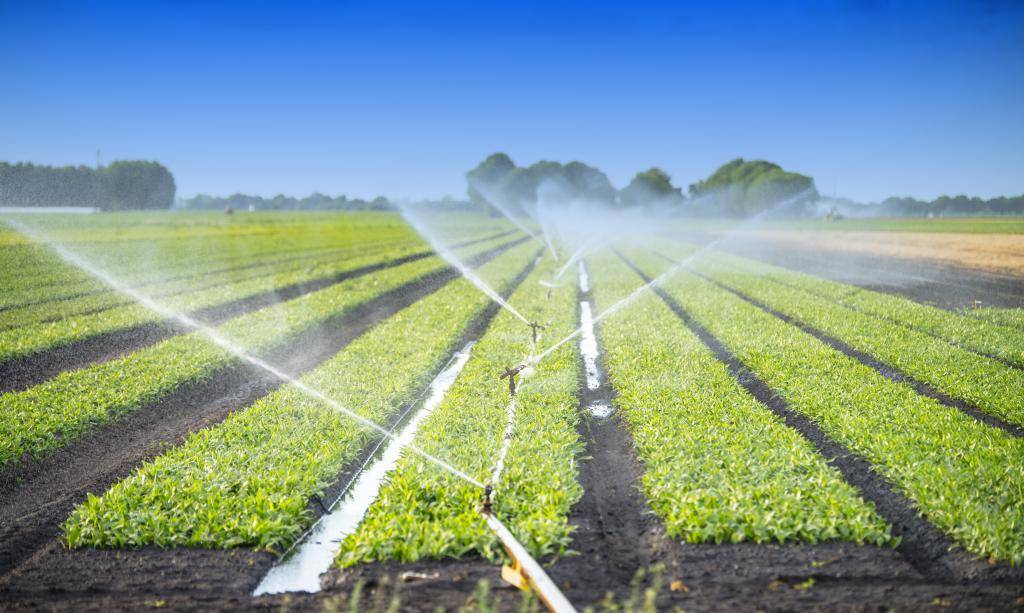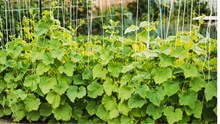
About 40% of the Earth’s surface is covered by Agriculture. By 2050, due to the rise in population more land to meet the needs of the people. Freshwater reserves have reduced in the last 50 years and the demand has increased worldwide. Agriculture accounts for 70% of water consumption all around the world. Water wastage can lead to over-watered crops, soil erosion, and unnecessary spending.
Farmers are an integral part of our society and economy. They can play an immensely important part in reducing water waste and water consumption. Some farmers who are Sustainability-minded are already looking and using various methods for water-saving.
Methods to Conserve Water & Increase your Crop Yields
1. Drip Irrigation:
These irrigation systems deliver water directly to the roots of plants. This reduces water evaporation that happens due to Spray Watering Systems. They also carry fertilizers directly to the roots of plants resulting in better absorption. You can even schedule watering timings using timers. This will further reduce water loss. Drip irrigation systems are so effective that they can save around 80% of water while also increasing crop yields.
2. Rainwater Harvesting:
The importance of rainwater is critical for global agricultural practices. In times of drought and low rainfall, conserved rainwater can be used for increasing yields. By planting pits or building your own ponds and then adding organic materials into them, you can hold the captured rainwater for much longer. Properly managed pits and ponds can help in storing and using the rainwater throughout the year.
3. Use Cover Crops:
These types of crops are planted to protect the soil as soil health is critical for water conservation. Cover crops help in increasing soil fertility and prevent soil erosion. These practices help in keeping water and nutrients in the soil. This allows much easier water penetration into the soil and also improves its water holding capacity. In addition to this, you can plant trees and do inter-cropping on your farm for its diversification and maximum yields.
4. Schedule Irrigation:
It is essential to about your crops and when and how much should be used for them. For avoiding the problem of over and under watering the crops, you can monitor plant and soil moisture. Then you can adapt your irrigation scheduling according to current conditions. There are various sensors in the market that are low in cost and have really long battery lives, they will make the process much easier by telling you about soil moisture and its temperature. You can then plan on how, when, and if to water.
5. Choose Drought Tolerant Crops:
All the crops you choose to grow should be ideal for your local climate. These crops have a better chance to survive in natural weather conditions in your region easily. Various crop varieties have been shortlisted over time for their low water tolerance. They can help cut down on watering. This is another way you can get more yields in drought or low rainfall times.
6. Crops Rotation:
This is a common but effective practice. Many farmers do crop rotation around the year. This increases soil fertility and increases soil water absorption. This helps in maintaining soil moisture and makes it more drought resistant.
7. Maintain Soil Quality:
Higher quality of soil ensures a better ability to hold moisture and oxygen for crops, thus reducing the amount of water needed on regular basis. For fertilizing compost or decomposed organic matter can be used. Mulch can also be used to spread on top of the soil to conserve moisture.
8. Going Organic:
Organic methods help in retaining soil moisture, and save water streams and water bodies from pesticides. Furthermore, organically grown crops produce better yields than non-organic in drought conditions.

















